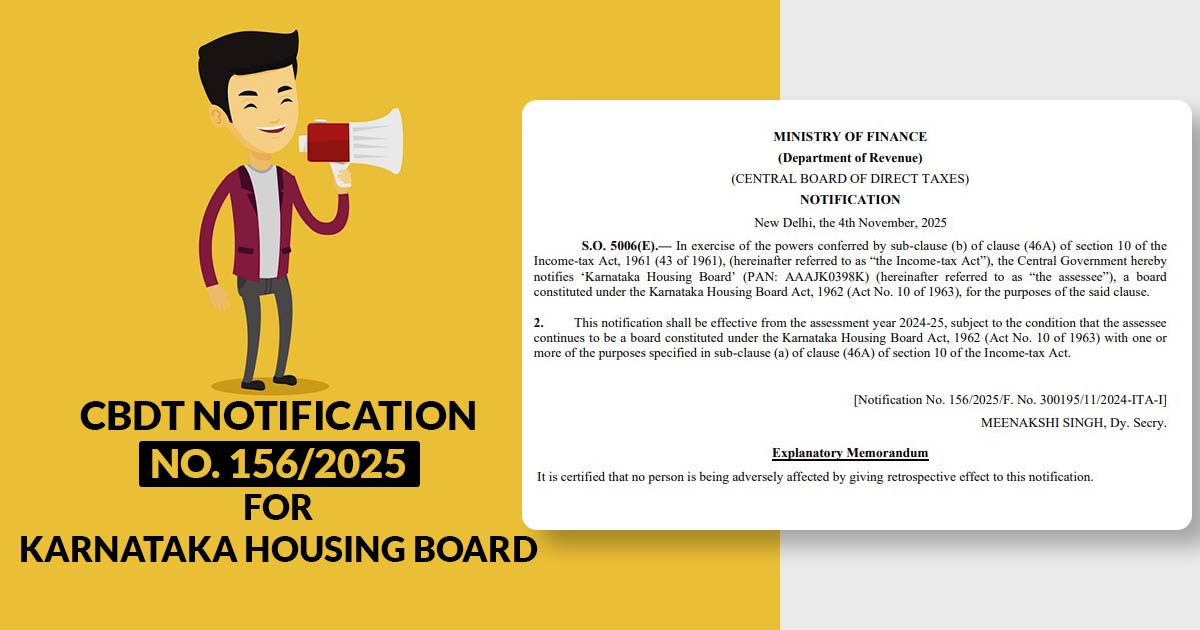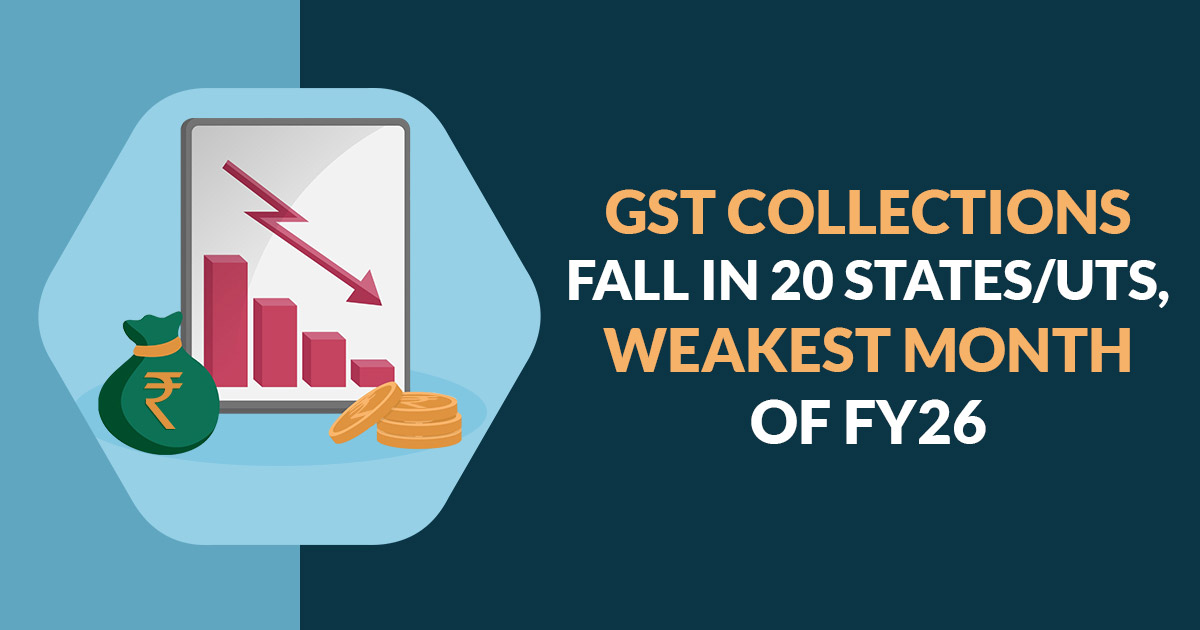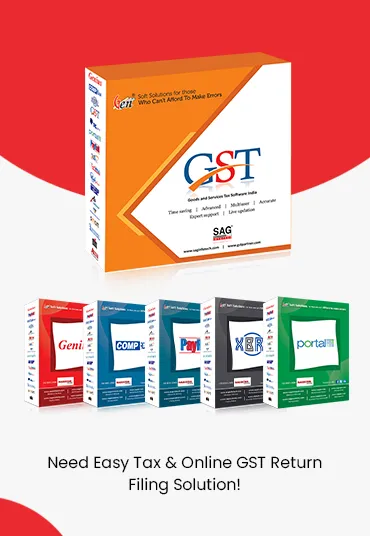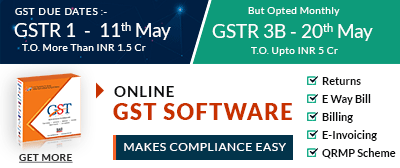
GST audit preparation could be tough and can consume a lot of time for businesses. The tasks, such as maintaining accurate records, ensuring data consistency, and reconciling invoices, are important. A small mistake could lead to compliance problems or penalties.
Here, GST software arrives, which eases the same process and makes it quicker and reliable.
The blog illustrates the method to prepare for a GST audit by using the GST software, showing the features that could support ensuring seamless compliance.
Define GST Audit?
A GST audit comprises a thorough review of a taxpayer’s records, returns, and other pertinent documents to confirm the precision of declared turnover, taxes paid, and input tax credit (ITC) claimed. The main purpose is to ensure that businesses follow the GST norms and maintain transparency in their financial records.
As per the GST law, tax authorities, or a CA or CS, can conduct audits depending on the turnover and other pertinent factors of the businesses.
Importance of GST Software for Audit Preparation
Businesses operating under older manual audits need to handle large amounts of data across invoices, ledgers, and returns, which could be both time-consuming and may lead to errors. This is where GST software arrives, as it automates most of the compliance process.
Effective GST software via auto-populating data and reconciling mismatched invoices saves time and ensures precision throughout every phase of the audit.
Some of the main benefits of using GST software:
- Centralised Record-Keeping: All GST data, invoices, and returns are stored in one location.
- Automated Reconciliation: Matches data among GSTR-1, GSTR-2B, and GSTR-3B to detect discrepancies.
- Error-Free Filings: Reduces the chance of manual entry mistakes.
- Quickly Audit Readiness: Generates needed audit reports and summaries in just minutes.
A Guide to Prepare for a Tax Audit Using GST Software
Below is a simple guide to preparing a GST audit using GST software.
GST Data Import
Start by importing all your sales, purchase, and expense invoices into the GST software. The majority of tools permit integration with ERP or accounting systems such as Tally, Busy, or QuickBooks, eliminating the requirement for manual data uploads. This ensures your records are updated in real-time and lowers duplication errors.
Verification of Return Filing Status
After that, validate that all your GST returns (GSTR-1, GSTR-3B, and GSTR-9) have been filed correctly and within the specified time. From the GSTN portal, many GST software solutions automatically retrieve this data with the use of API connections, which assist auditors in verifying your compliance history and reduce manual verification time.
Perform Data Reconciliation
Your purchases and Input Tax Credit (ITC) claims need to be aligned with your suppliers’ filings (as indicated in GSTR-2B). GST software automates the same process by:
- Comparing GSTR-2B against your purchase register
- Highlighting mismatched or missing invoices
- Suggesting corrective actions before filing
The same ensures your ITC claims are precise and helps avoid the audit objections thereafter.
Review Ledger and Payment Records
An auditor reviews your electronic cash ledger, credit ledger, and liability ledger. With the use of GST software, you can access summaries of these ledgers, easing the verification of payments, interest, or late fees. You are enabled to monitor earlier payments made via UPI, NEFT, or debit/credit cards, ensuring full transparency.
Audit Reports Generation
Post reconciliation and verification, you shall be required to generate key audit reports along with-
- Summary of GST Liability and Payments
- ITC Utilisation Report
- Invoice Mismatch Report
- Return Filing Summary
Such automatically generated reports can be shared easily with auditors and tax professionals.
Conduct a Pre-Audit Review
Before the start of the official audit, perform a pre-audit check using the GST software’s built-in audit tools. Such tools can determine the inconsistencies, like:
- Missing Invoices or Credit Notes
- Incorrect Tax Rates or HSN Codes
- Unfiled or Delayed Returns
Taking steps to address these issues in advance can help you avoid penalties and improve your compliance score.
Features to Look for in GST Audit Software
When choosing the appropriate GST software for audit preparation, ensure that it includes the following features:
- Auto-Reconciliation of GSTR-2b: Instantly matches purchase data with supplier filings.
- Multi-User Access: Allows your team and auditor to collaborate effectively.
- Advanced Reporting: Customizable reports for audit summaries and financial analysis.
- Data Protection: End-to-end encryption to secure your financial data.
- Integration Support: Compatibility with major accounting tools and the GSTN.
For instance, all the features and updates have been provided under the software, such as Gen GST by SAG Infotech, to comply with the latest GST notifications and revisions.
Closure: GST audit preparation must be streamlined and proceed in lesser time. Businesses, via correct GST software, can automate reconciliation, generate audit reports, and maintain compliance with ease. Via complying with the aforesaid measures and leveraging smart technology, you could assure your audit process is precise, efficient, and hassle-free, which permits you to focus on business growth and less on paperwork









